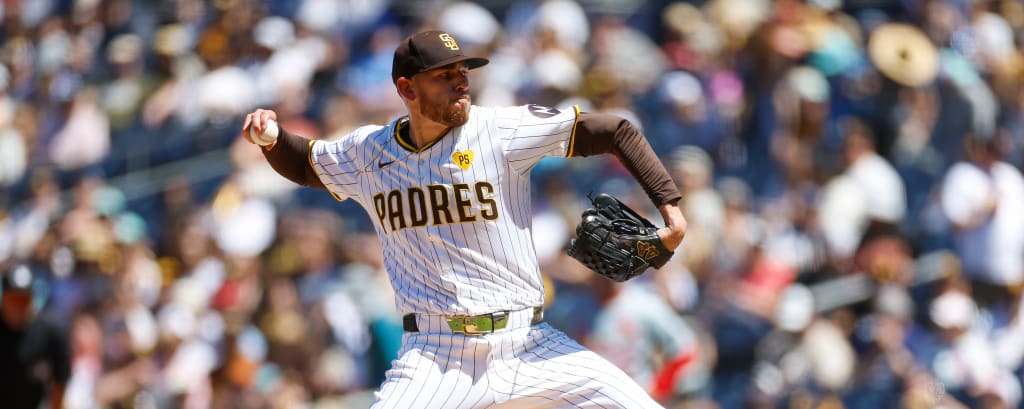
San Diego slashed its payroll by $96 million over the past year, while the New York Mets and the Los Angeles Angels each reduced their spending by $50 million and $49 million, respectively. These cuts were part of a broader trend across nine teams that aimed to rein in expenses amidst a lukewarm free-agent market, which stirred discontent among players.
According to a study by The Associated Press, the average salary on opening day rose by 1.5% to $4.98 million. This increase marked a notable slowdown compared to the previous year’s 11.1% rise to $4.91 million and the 6% uptick observed in 2022 following the resolution of the spring training lockout.
In addition to San Diego, other teams that implemented payroll cuts included the Chicago White Sox ($47 million), Colorado ($33 million), Minnesota ($32 million), Detroit ($20 million), Boston ($15 million), and Milwaukee ($12 million).
The sluggish free-agent market left several top players, such as Blake Snell and Cody Bellinger, unsigned well into spring training, ultimately leading them to accept shorter-term deals than initially anticipated.
Toronto pitcher Chris Bassitt, who serves as his team’s player representative, expressed concern over the situation, particularly regarding the significant number of talented players who remained unsigned.
The substantial increase in average salary seen last year represented a positive development for players, following a period of sluggish free-agent markets, compounded by the challenges posed by the pandemic and a 99-day lockout preceding the labor deal reached in March 2022.
During spring training this year, there was an attempt by a group of players to remove union negotiator Bruce Meyer, although this effort appears to have been unsuccessful.
Houston saw the largest increase in payroll from the start of last year, up by $44 million, followed by the Chicago Cubs ($38 million), Baltimore ($33 million), and the Los Angeles Dodgers and New York Yankees (both up $28 million each).
The New York Mets led payrolls for the second consecutive season at $306 million, followed by the New York Yankees ($303 million), the Los Angeles Dodgers ($250 million), Philadelphia ($243 million), and Houston ($237 million).
Commissioner Rob Manfred attributed the fluctuating market and some teams’ reluctance to commit to uncertain revenue from regional sports networks as reasons for the payroll adjustments.
The players’ association did not provide its calculations or comment on the matter at the time.
The Mets allocated $70 million this year to cover portions of salaries for three players they traded: Justin Verlander from Houston ($31.3 million), Max Scherzer from Texas ($30.8 million), and James McCann from Baltimore ($8 million). This amount surpasses the entire $61 million payroll of the Oakland Athletics.
Discounted money affects the Dodgers’ payroll, which would be roughly $57 million higher without deferred payments. Shohei Ohtani’s record $70 million salary includes $68 million deferred until 2034, accounting for just over $28.2 million in present-day value. Discounting also affects other players like Mookie Betts, Freddie Freeman, Teoscar Hernández, and Will Smith.
The Mets’ end-of-season payroll is projected to increase, as their opening day figure excludes a discounted total of $10.4 million earned by designated hitter J.D. Martinez and pitcher Shintaro Fujinami, who are in the minor leagues.
Late-signing, high-salaried players like Arizona pitcher Jordan Montgomery contribute to a slightly higher percentage increase in 40-man payrolls. If Montgomery and Martinez had been on opening-day rosters, the average salary would have set a record at just over $5 million.
Of the four players with $40 million salaries, three began the season on the injured list, including Scherzer and Verlander. Rangers pitcher Jacob deGrom, recovering from Tommy John surgery, was tied for third with Yankees outfielder Aaron Judge.
Out of 947 players on opening day, 532 had salaries of $1 million or more, a decrease from 546 last year. Seventeen players earn $30 million or more, an increase of one from the previous year.
The median salary remained at $1.5 million, while average and median salaries typically decrease over the season due to roster changes.
The figures provided include salaries, prorated shares of signing bonuses, and other guaranteed income, with adjustments for cash transactions, signing bonuses, option buyouts, and termination pay for released players.







